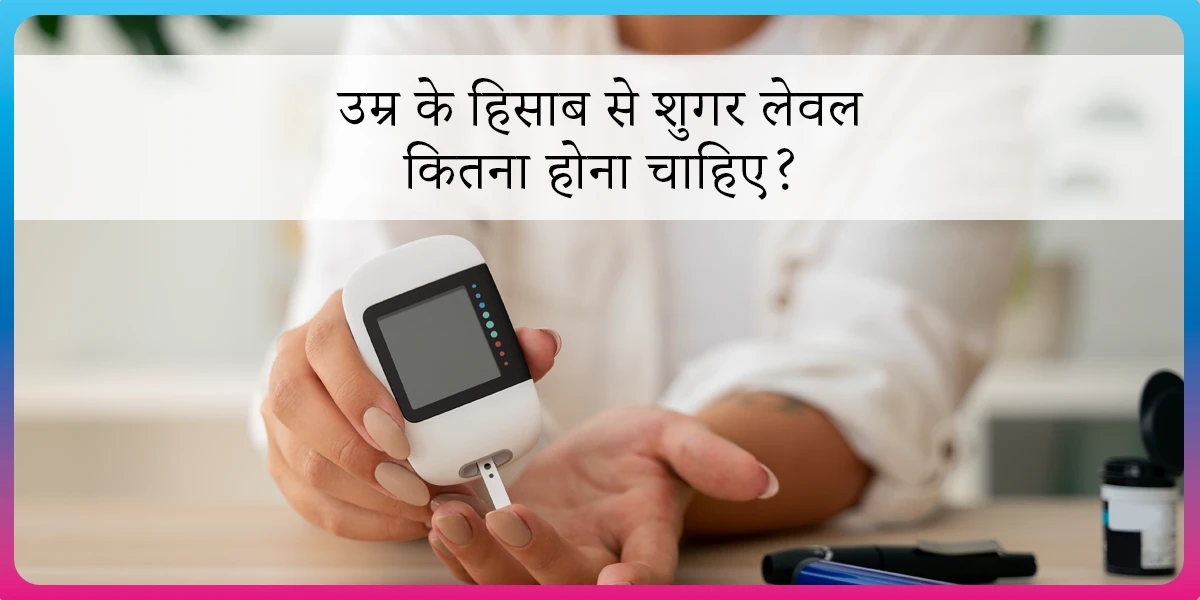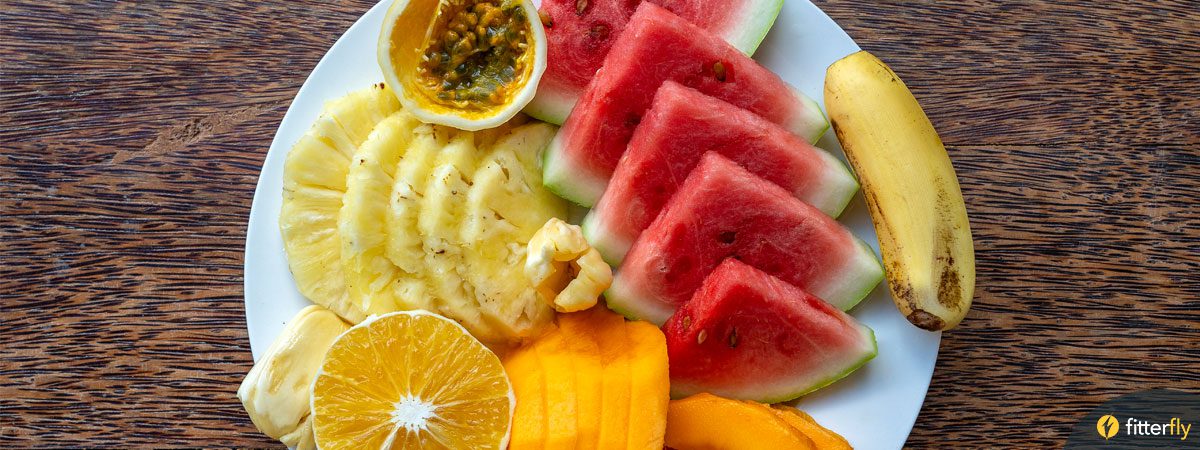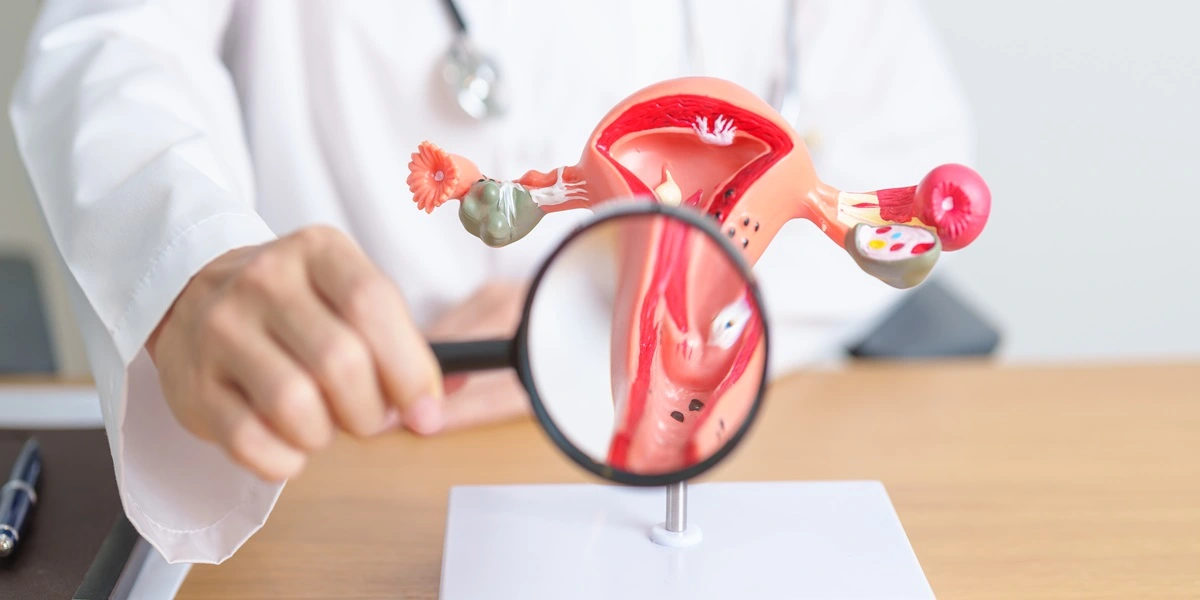Gestational Diabetes Diet: 10 Dos and Don’ts

Gestational Diabetes Diet: 10 Dos and Don’ts to Follow to Keep Your Blood Sugar in Check During Pregnancy
If you have been diagnosed with gestational diabetes, don’t get scared right at the onset of the diagnosis. Gestational diabetes is a common pregnancy complication that happens to many women in their second or third trimester of pregnancy where one’s blood sugar levels remain higher than normal.
But the silver lining is that the condition can be managed with proper diet and exercise. Medications are prescribed (in rare cases) only when the first line of management (diet and exercise) fails to get the sugar levels under control.
Following a proper gestational diabetes diet plan (which is almost similar to what a person living with diabetes might follow) can be of immense help.
What triggers gestational diabetes?
During pregnancy, an expectant mother can become resistant to insulin due to hormonal changes, especially due to the hormones secreted by the placenta.
Insulin is the hormone secreted by the pancreas that helps in distributing glucose throughout the body to every single cell for energy.
In most cases, the body deals with this hormonal havoc on its own. However, it can lead to an increased amount of glucose in the blood if the body stops responding to insulin or doesn’t make enough insulin for glucose dissemination.
This could be a matter of concern as increased blood sugar levels could affect the health of both mother and baby.
What goes into a gestational diabetes diet plan?
Correcting your diet habits to keep gestational diabetes in control doesn’t call for too much effort. Here are a few things that you can do:
1. Pay attention to what you eat
During pregnancy what you eat affects your baby directly. But if you have gestational diabetes you need to choose foods that don’t increase your postprandial blood sugar levels, for this you need to keep a tab on your carbohydrate intake.
Carbohydrates are an important aspect of your diet and all kinds of carbs affect your blood sugar levels. However, If you have gestational diabetes, choose complex carbs over simple ones.
For example, replace white rice, maida, white bread, cornflakes with brown rice, millets, quinoa, whole wheat, oats, multigrain bread, and buckwheat.
In a well-planned gestational diabetes diet chart, carbs are not abandoned. Just planned wisely. Split your meals into 3 main meals and 2 snacks to spread out the carbohydrate load.
To know your chances of Diabetes reversal, take the Diabetes Reversal TestDiabetes Reversal
Calculator
Remember, your carb load should not go beyond 45-50 gm per meal (main meals) and 15 gm or more for snacks. We know planning a diet so meticulously might be difficult for you, this is where a little help from experts can do you a great deal of good.
At Fitterfly, we have designed a scientifically curated diabetes management program to help expectant mothers control their sugars naturally – Diabefly GDM .
Designed by India’s top doctors and expert coaches, this program gives utmost importance to correcting your nutrition during pregnancy and macro & micronutrient imbalances, to ensure trimester-specific nutritional guidance and manage high blood sugars.
Our nutrition guidance focuses on everything in your diet (not just carbs, proteins and fats). We take into account the requirements of macro and micronutrients such as iron, zinc, magnesium, omega-3 fatty acids, calcium and vitamin C.
A deficiency of these essential nutrients hinders essential functions such as insulin production, utilisation of glucose, sleep, heart health and affects baby’s growth and development in the womb too.
2. Eat more protein
After carbohydrates, protein is of prominence in a gestational diabetes diet plan. Try to have enough protein on your plate during your main meals.
Adequate proteins in your diet will help to control blood sugar levels and provide you (and your baby) with all the energy needed during this sensitive phase.
Try to add more of these foods in your diet – eggs and poultry, fish, tofu, beans & legumes, nuts and seeds.
REVERSED Diabetes in 3 months


5.7%
Happy members
EMI
Guarantee
4.8/5
Diabetes Prime Program
3. Include healthy fats in your diet
We are not talking about fatty foods but healthy fats (unsaturated fats) which form an essential part of a gestational diabetes diet meal plan. Olive oil, peanut oil, avocado, most nuts and seeds, fishes like salmon, sardines and tuna are your best picks.
4. Load up on fresh fruits and vegetables
Highly nutritious and less in calories; they cannot escape your diet plan. Ensure that dark green leafy vegetables, carrots, cauliflower, eggplants, pepper, and okra are there on your grocery list.
Have three servings of vegetables a day. Try to have whole fruit (preferably with skin if possible) rather than fruit juices to retain its fibre content. Plan to have 2-3 servings of fruits every day.
5. Know the glycemic index of the foods you consume
It is advisable to incorporate foods with a low GI index in your pregnancy diabetes diet plan. Low glycemic index foods are rich in fibre and high in nitrates that help in better blood sugar control. Most green vegetables, fruits, raw carrots, kidney beans, chickpeas, and lentils are low in GI.
A qualified coach or nutritionist can help you select foods that fall in this category and are good sources of fibre to keep gestational diabetes in control. Get in touch with our Diabefly coaches to learn more about nutrition and to incorporate foods in your diet that can keep sugar levels in control.
6. Know about portion sizes
Eat from a small plate and bowl to limit calorie intake and practice portion control. Remember, your pregnancy diabetes diet should be a good mix of nutrition and calories to help your baby grow the right way.An ideal nutritious plate should be filled like follows –
-
- Half plate with vegetables cooked, steamed or tossed
- A quarter of the plate with proteins – meat, eggs, legumes, pulses, tofu, cottage cheese or paneer
- Other quarter with complex carbohydrates like – brown rice, chapati, millets, daliya, etc
7. Don’t skip your meals
Skipping your meals or staying hungry for too long when pregnant is not advisable if you have diabetes during pregnancy it is a complete no-no.
Skipping meals can make your blood sugar spike and keep your developing baby hungry for too long. Your pregnancy diabetes diet should be planned in a way that you eat something at least every two to three hours.
8. Avoid processed foods or diabetes-friendly foods
Cut down on processed foods like biscuits, cakes, cookies, chivda and kachoris. Also, don’t fall for the marketing gimmicks of sugar-free or diabetic-friendly foods; they contain preservatives and other additives that will cause you and your baby more harm than good.
9. Know to read the labels
If you are buying anything from the stores, read the labels very carefully. Remember, sucrose, glucose, dextrose, fructose, lactose, maltose, honey, invert sugar, syrup, corn sweetener, and molasses are different names for sugar.
Stay away from them, else you will make a dent in your efforts to keep blood sugar in check.
10. Stay hydrated
As much as it is vital to keep a tab on your diet, it is also essential to stay hydrated during your pregnancy, more so if you have been diagnosed with gestational diabetes.
Dehydration spikes your blood sugar levels, so make it a point to sip some water or other healthy fluids throughout the day.
In place of sugary drinks, energy drinks and fruit juices, try water, plain skimmed or semi-skimmed milk, or decaffeinated tea and coffee.
To control diabetes, a personalised and scientific approach is necessary. At Diabefly GDM, a team of specialists, including – a nutritionist, a certified physiotherapist and a clinical psychologist, help to achieve individual health goals with tailor-made plans according to one’s needs.
While we can talk about all the right things to do to keep blood sugars in control, having a coach or trainer helping you track your daily intake and activities between doctor’s appointments always helps.
Your nutritionist or coach can always draft a perfect diet chart for you. Here is a sample gestational diabetes diet chart for you.
You can enroll in our Diabefly GDM program and get in touch with our coaches for a personalised diet chart taking into account your likes and dislikes to help you make the necessary changes to ensure a smooth pregnancy and optimal fetal development.
Our digital therapeutics program also offers a detailed macro and microanalysis to counter diet deficits and ensure proper nourishment for the mother and baby.
To know more about Diabefly GDM and how it can help you smartly take control of your diabetes during pregnancy, visit our website www.fitterfly.com/diabetes-gdm or speak to one of our counsellors on 022 4897 1077.
This blog provides general information for educational and informational purposes only and shouldn't be seen as professional advice.













